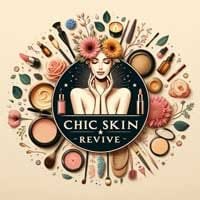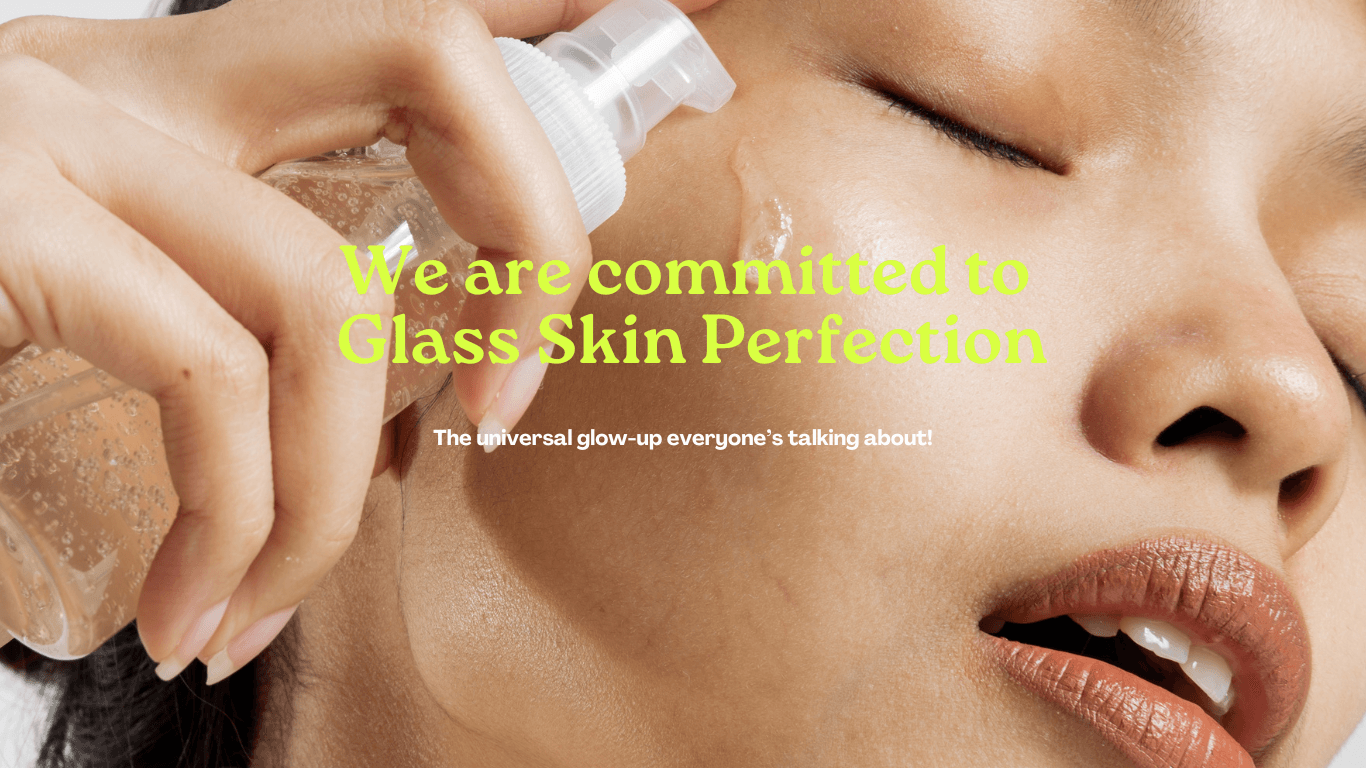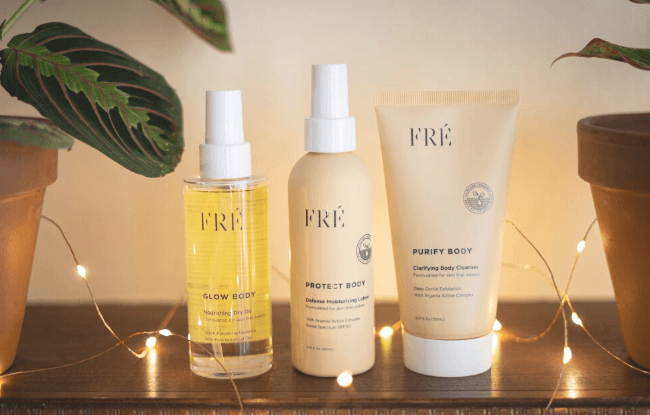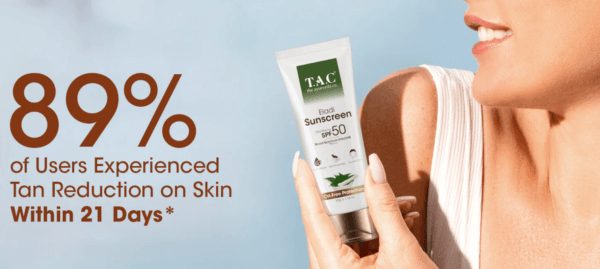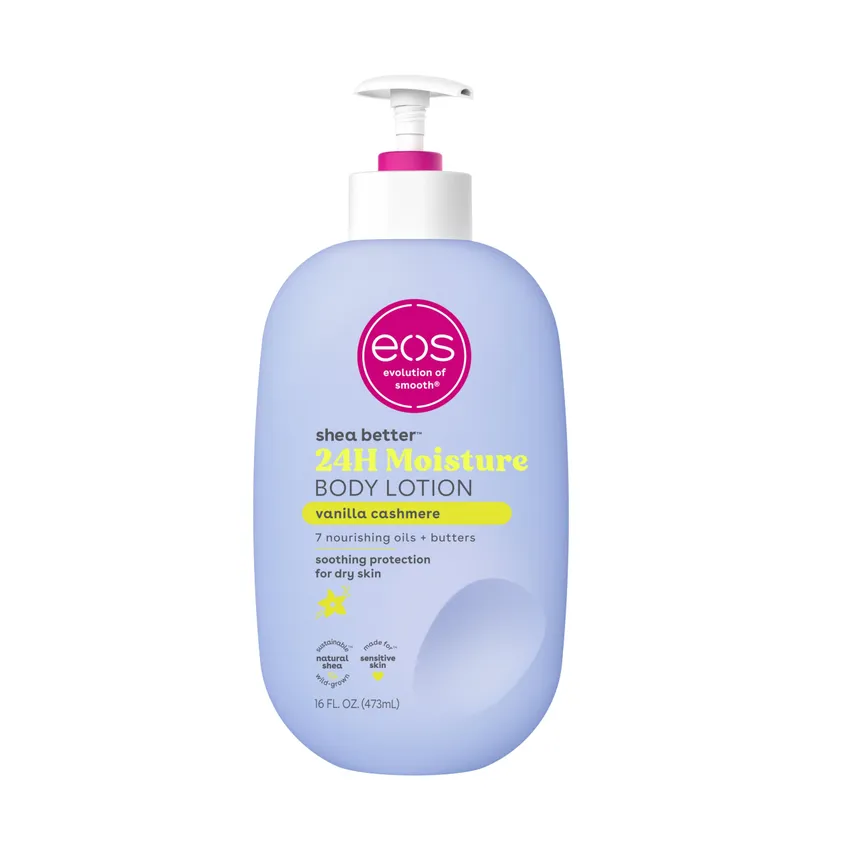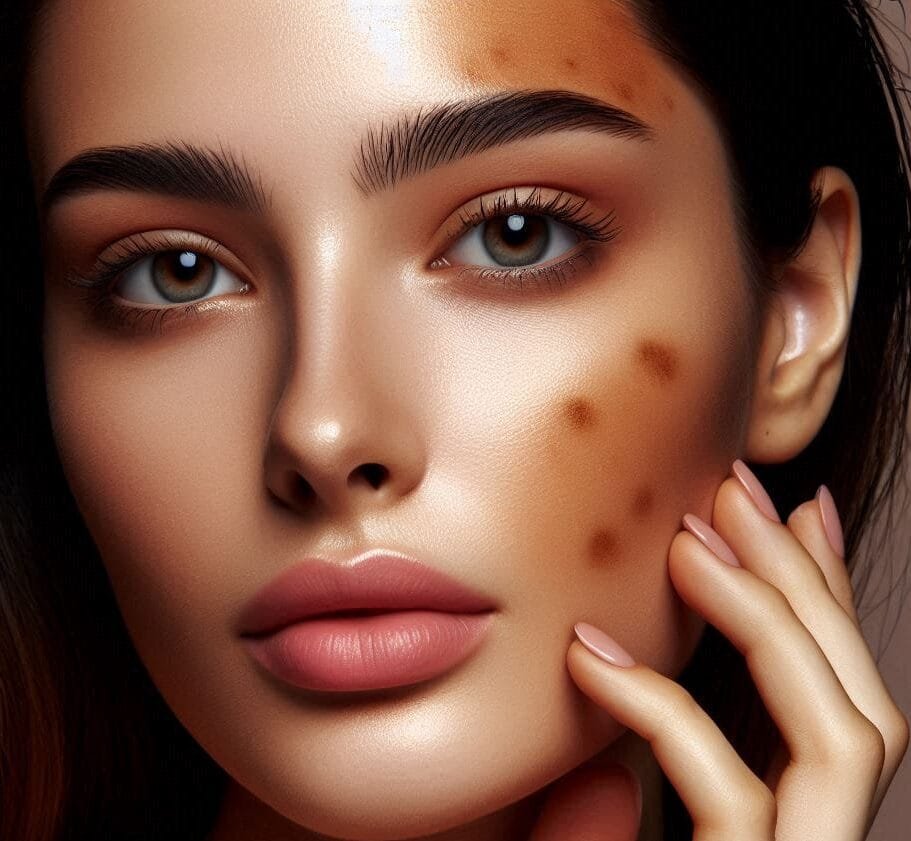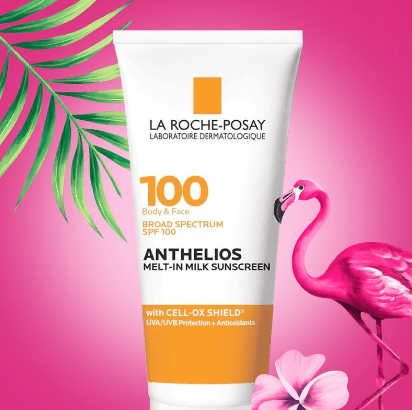Best Hair Treatment for Thinning Hair: A Comprehensive Guide. Thinning hair is a common concern that affects millions worldwide, with various factors contributing to this issue. Whether it’s genetics, hormonal changes, stress, or nutritional deficiencies, understanding the root cause of thinning hair is essential to effectively treat and manage it. In this guide, we’ll explore the best hair treatments for thinning hair, including insights from dermatologists and experts at hair clinics. We’ll also review two highly recommended products—Rogaine and Nioxin System Kits—providing their history, effectiveness, and user experiences.
Understanding Thinning Hair: Causes and Early Signs
Common Cause of Thinning Hair
Thinning hair can result from various factors, such as
- Genetics: The most common cause is androgenetic alopecia, which is inherited and affects all genders.
- Hormonal Changes: Pregnancy, menopause, and thyroid imbalances can lead to thinning hair.
- Stress: Chronic stress can cause hair follicles to enter the resting phase prematurely, leading to increased shedding.
- Nutritional Deficiencies: Lack of essential vitamins and minerals like iron, zinc, and biotin can weaken hair follicles.
Early Signs of Hair Thinning
Early detection is crucial for successful treatment. Look for the following signs:
- Noticeable thinning on the top of the head
- A widening part
- Increased hair shedding
- A receding hairline
Expert Opinions on Personalized Treatment Plans
Dr. Rahil Roopani, a renowned dermatologist from Advanced Dermatology, emphasizes the importance of early intervention and personalized treatment plans. According to him, understanding the underlying causes of hair thinning is key to effective treatment. Dr. Roopani recommends seeking help as soon as you notice signs of hair thinning to explore tailored therapies that suit your specific needs (AdvancedDerm) (YouTube).
Dermatologist Insights on Effective Treatments
FDA-Approved Treatments: Minoxidil and Finasteride
For treating thinning hair, dermatologists commonly recommended two FDA-approved treatments:
- Minoxidil (Rogaine): Originally used as an oral medication for high blood pressure, Minoxidil was discovered to have a side effect on hair growth. It is now a widely used topical treatment that works by improving blood flow to hair follicles, thereby promoting hair growth and preventing further thinning.
- Finasteride (Propecia): Finasteride works differently than Minoxidil. It’s an oral medication that reduces the levels of dihydrotestosterone (DHT), a hormone that shrinks hair follicles and leads to hair loss. By lowering DHT levels, Finasteride helps prevent further hair loss and can even promote regrowth in some cases. especially in male pattern baldness, however, contacting a dermatologist for personalized treatment is best.
Personalized Treatment Plans
A one-size-fits-all approach does not work for thinning hair. Tailoring treatments to individual needs is essential, considering the severity of hair loss, underlying causes, and patient preferences. Consultation with a dermatologist is crucial for developing an effective treatment plan that may combine multiple therapies for optimal results (AdvancedDerm).
Product Reviews: Top Recommendations for Thinning Hair
Rogaine (Minoxidil 5%)
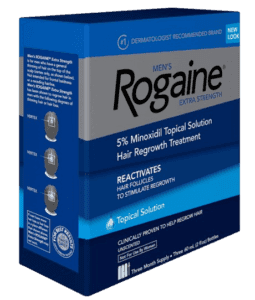
History and Development
Rogaine, the brand name for Minoxidil, has an interesting history. It was initially developed as a treatment for high blood pressure in the 1950s. During clinical trials, patients reported excessive hair growth, leading to its approval as a topical treatment for hair loss in 1988.
Effectiveness and User Experiences
Rogaine is highly rated for its effectiveness in treating androgenetic alopecia, particularly in the early stages. Users often report significant improvement in hair density after consistent use over several months. It is especially effective for hair loss at the crown of the head. However, patience and consistency are key, as results can take several months to become noticeable.
Best Use Tips
- Apply once daily to the affected area.
- Consistency is crucial for achieving and maintaining results.
- Expect to see visible results after 3-6 months of continuous use.
- Side Effects: Be aware of potential side effects like scalp irritation or unwanted facial hair growth.
Ratings & Reviews: Rogaine is highly rated across various platforms, with many users praising its effectiveness in slowing hair loss and encouraging regrowth. Clinical research backs its reputation, making it a trusted choice for many dealing with thinning hair.
Nioxin System Kits

History and Development
In 1987, Eva Graham founded Nioxin after experiencing her hair thinning and seeking effective solutions for scalp and hair health. The brand has since become a leader in the hair care industry, offering a range of products designed to create a healthy scalp environment, which is essential for hair growth.
Effectiveness and User Experiences
Users praise Nioxin System Kits for their multi-step approach, which includes a cleanser, conditioner, and scalp treatment. These kits remove buildup, restore moisture balance, and revitalize the scalp. Many users report thicker, fuller hair and a reduction in hair shedding after consistent use.
Best Use Tips
- Choose the Nioxin System Kit that best matches your level of thinning hair.
- Use the products consistently as part of your daily hair care routine.
- Expect to see improvements in hair texture and thickness after a few months.
Can be purchased at several stores: Groupon or Nioxin
- NB! Nioxin has several Nioxin System Kits 1–5 (check them out on their website).
Ratings & Reviews: Nioxin consistently receives positive reviews for its effectiveness in addressing thinning hair. Users appreciate the multi-step approach and often mention seeing improvements in hair thickness and overall scalp health.
Bonus: Cruelty-Free Options
These brands uphold ethical practices.
- The Ordinary: Offers a multi-peptide serum for hair density.
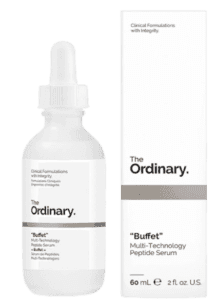
- Briogeo: Known for their scalp revival, charcoal + coconut oil micro-exfoliating shampoo.
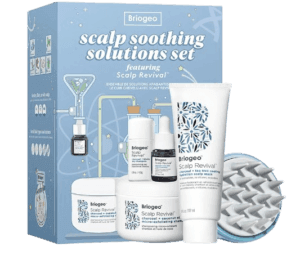
- Aveda designed their Invati Advanced line to reduce hair thinning.

Taking the Next Steps for Healthier, Thicker Hair
Dealing with thinning hair can be challenging, but with the right approach, you can achieve healthier, thicker hair. By understanding the causes of hair thinning and seeking early intervention, you can make informed decisions about the best treatments for your needs.
Products like Rogaine and Nioxin System Kits offer proven results, but consistency and patience are key to seeing significant improvements. Remember, personalized treatment plans developed in consultation with a dermatologist are the most effective way to address hair thinning. Dr. Rahil Roopani and other experts in the field emphasize the importance of a tailored approach to achieve the best outcomes.
If you’re experiencing thinning hair, don’t wait until it becomes a bigger problem. Schedule a consultation with a dermatologist to explore personalized treatment options and take the first step towards regaining your confidence and healthy hair.
Chic Skin participates in affiliate programs like the Amazon Services LLC Associates Program. As an associate, we earn from qualifying purchases. This means ChicSkin may earn a commission from purchases made through links in this post at no extra cost to you.
